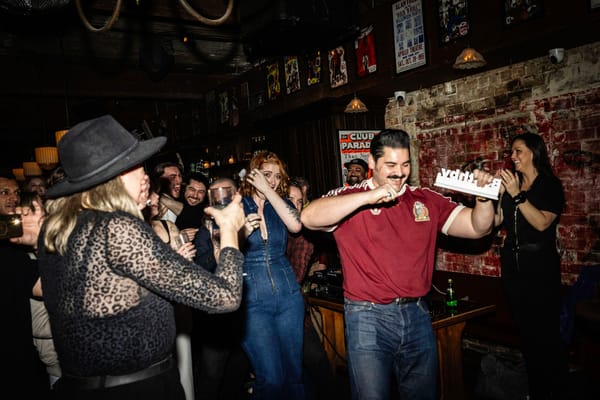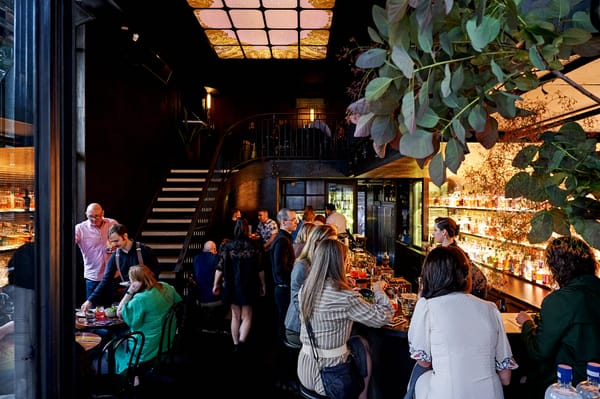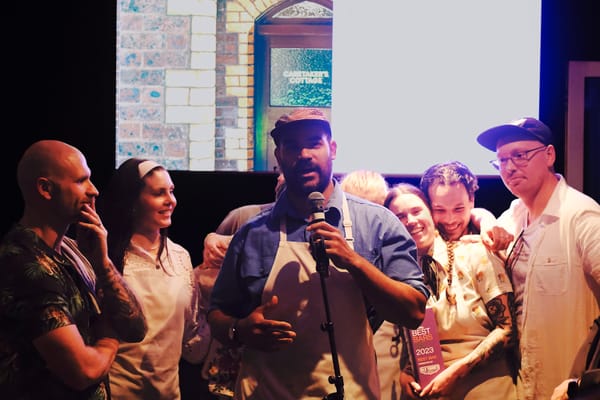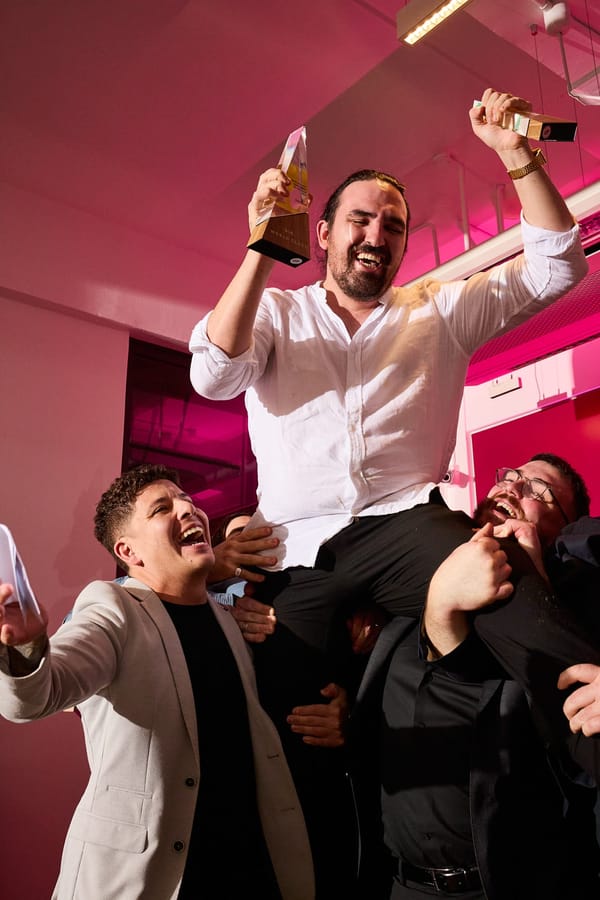How to write a cocktail list (the restaurant edition) with Jason Williams
Williams has worked across more of the bars on the 'world's best' lists than just about anyone else.
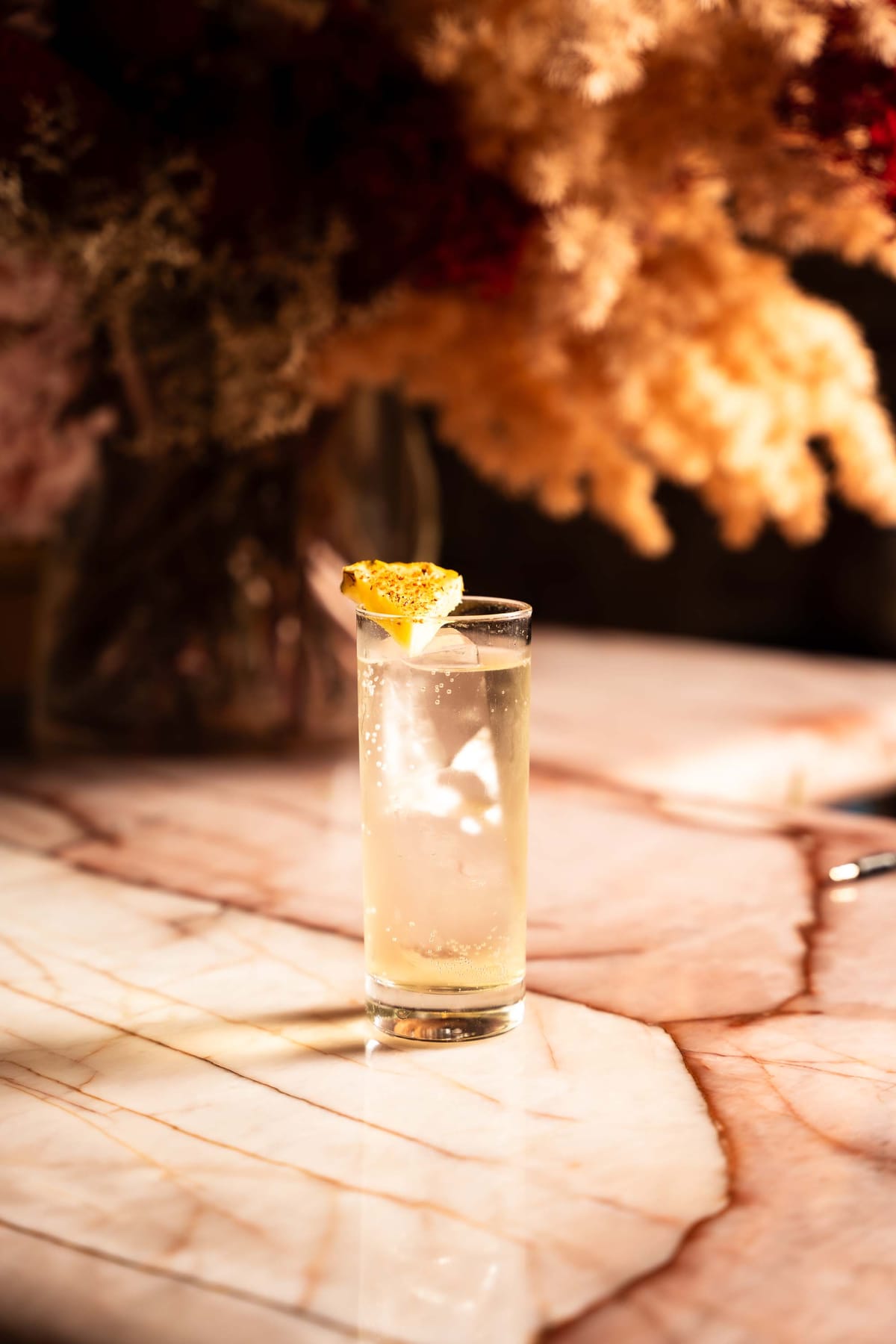
The beat I cover at Boothby is the pointy end of the bar world — the bars and bartenders with something original and creative to say, the kind of bars that set the agenda. I don’t often cover restaurants.
But that doesn’t mean that there aren’t lessons to be gleaned — and inspiration gathered — from our friends in the restaurant world. And the cocktails you find at restaurants these days have never been better.
But writing a drinks list for a restaurant is its own challenge, with a different set of criteria in the brief.
Jason will be on hand at the Better Bars Summit presented by Glenfiddich at the Bartenders’ Weekender in June in Brisbane, with a talk drawing on his experience opening some of the world’s very best bars. It’s called ‘Don’t do business with arms dealers: What I learned equipping the world’s best bars’ and you won’t want to miss it. Get your tickets to the Summit here, and visit bartendersweekender.com to see what else is on the schedule.
Lana is the restaurant on level three of Hinchcliff House, the multi-venue hospitality building housing three House Made Hospitality venues: Apollonia, it’s Sicilian-inspired drinking den in the basement of the building; Grana, the all-day dining space on the ground floor, and the aforementioned Lana.
I met up with Jason Williams (who is a director of House Made Hospitality and also leads the drinks side of the business) there last month, to grab a bite to eat and drink through a few cocktails, talking about the list and what he wanted to achieve. Jason — better known to many gin drinkers as the face on each bottle of Widge’s Gin — has a breadth of unique experience with drinks lists that few others have; he spent eight years as the creative director for Proof Creative, the hospitality consulting wing of Proof & Company and based in Singapore. It’s fair to say Widge has been involved with more venues that have landed on The World’s 50 Best Bars and Asia’s 50 Best Bars lists than just about anyone else, thanks to that role. To namecheck a few: whether it’s Singapore bars like Atlas and Manhattan, or Bangkok Social Club at the Four Seasons in Bangkok, Argo in Hong Kong, Charles H. in Seoul — Jason has had a hand in them all, and they’ve all attracted awards.
That’s a lot of experience he brings to bear when it comes to launching a new cocktail list in a restaurant like Lana, which was largely driven by Mahbub 'Harry' Hasan (who also oversees Apollonia), and the team behind the bar.
In the interview below, lightly edited and condensed for clarity, Jason takes us through the thinking behind the latest Lana list, and shares his insights into what a good restaurant cocktail list should be doing. We also talk a little about what it’s like to be working in a business in which he is a co-owner, rather than for someone else — even if that means fewer stays in five star international hotels and criss-crossing Asia.
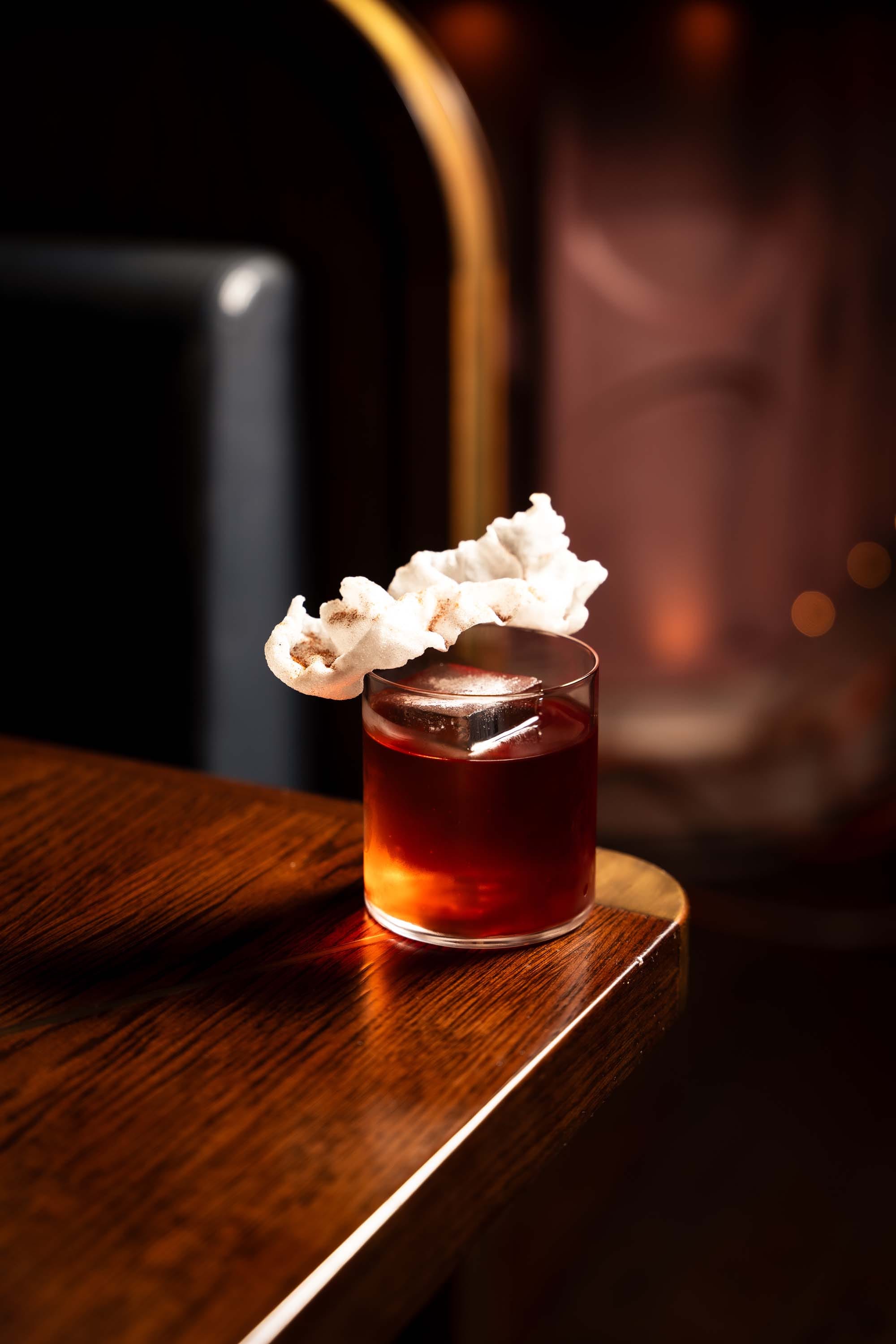
The cocktail brief has to be different for a restaurant, right? Do you look at trying to match it with food or is there a style of drink that’s more suited to that?
This particular cocktail list at Lana, it’s not necessarily perfectly matched to the food because the food changes so often. But it conceptually fits the culinary direction and it fits the venue, interior design, the colour palette, and the style of service. It really is aimed to fit with how our guests use this space in a social way. For example on the weekends, Friday, Saturday, Sunday, [we have] big groups, younger demographics, really having a good social outing and drinking event just as much as they are eating. And a lot of people here are creating their own content, so the cocktails had to be just as social, fun, and vibrant as the rest of the experience.
The plates coming out of the kitchen are quite striking design-wise.
Yeah, the kitchen team have really artful plating, a good use of ingredients. We call it up-tempo Italian cuisine, but with unexpected Asian ingredients in there, so there’s a lot of Malaysian, Japanese, Chinese, and Vietnamese ingredients that kind of thread through the Italian food. So it’s fun and it’s playful and we wanted that to come through.
But don’t call it fusion.
That word is banned. Wow. Geez. Keep your voice down.
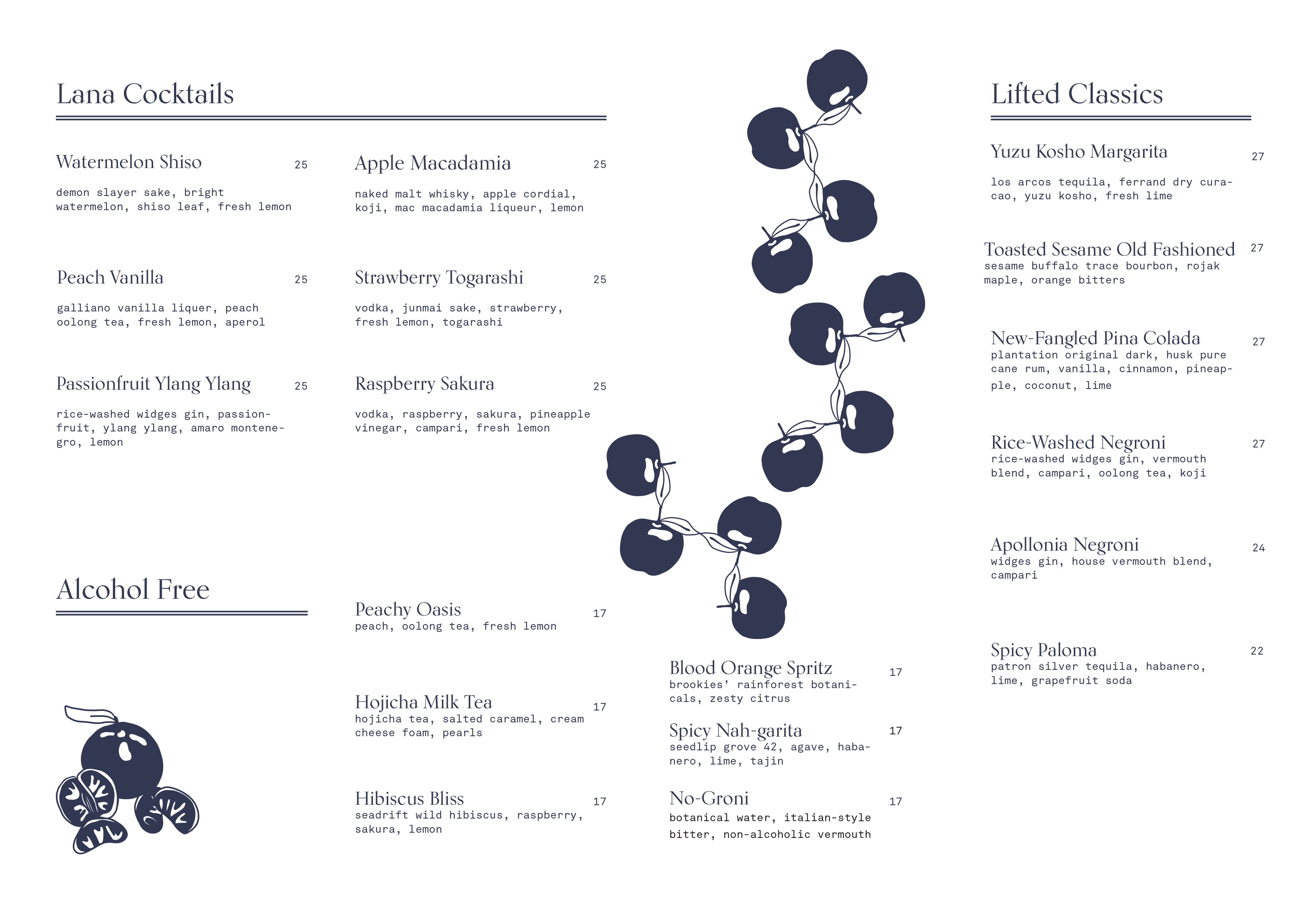
Is there a way that you want to structure the cocktail menu for a restaurant, that is different to a cocktail bar like a Apollonia? You’ve got quite a decent sized cocktail list here for a restaurant.
I think our sales mix warranted having a significant selection of cocktails. People drink a lot of cocktails here.
But we don’t have a cocktail bar program. We never call ourselves a cocktail bar. We don’t have a standalone menu that has a theme or in-depth concepts, like a standalone cocktail bar like Apollonia or Maybe Sammy or somewhere else. So the menu needs to be complimentary and supplementary to the food as opposed to being its own big highlight.
It still needs to fit the brief and conceptually fit, but be supplementary. It’s not the star of the show.
We’ve got six signature cocktails, and then six of these ‘lifted classics’. The thought is people mostly drink classics. They order classic cocktails, particularly in a restaurant like Lana. Negronis, Margaritas, Martinis are still probably the top five, top ten cocktails sold. So we want an opportunity to steer people towards something that we’ve created — it demonstrates our creativity, demonstrates our professionalism and our thoughtfulness.
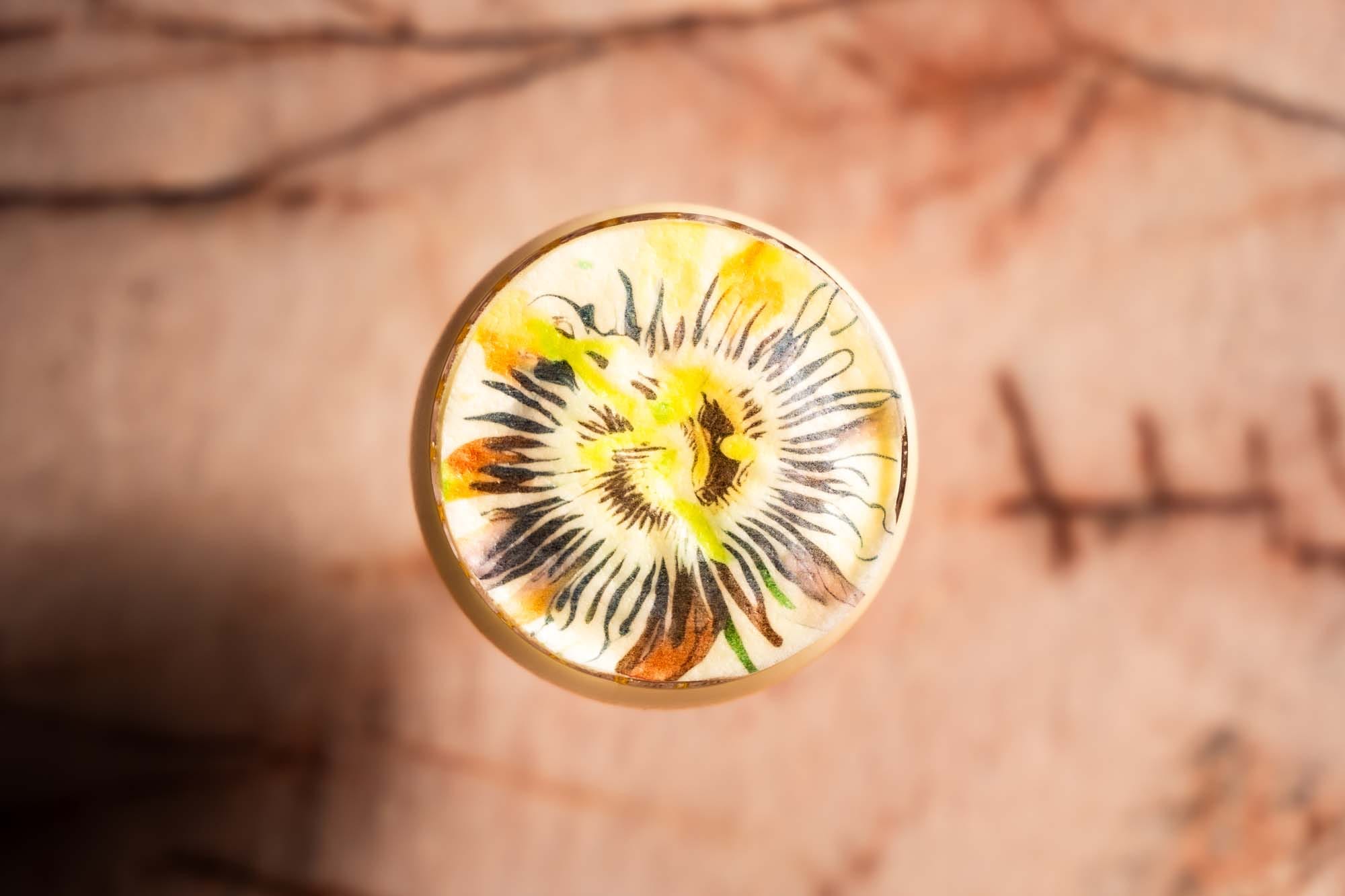
It’s something you can only get here, right? You can’t go get it down at the restaurant down the road.
We want to enhance people’s experience and create some memorable experiences. But at the same time, people are gravitating towards Margaritas, Negronis, Old Fashioned. And also from a beverage spend per head, if we have a classic cocktail that’s $23, $24, but then we do our own interpretation of that and upgrade it — or lift it as we say — then we can put on $25, $26, $27 cocktails, increase that per head spend a little bit, and at the same time, creating a memorable experience that they can’t get somewhere else.
Hence why I like the classics that we have here. There’s no really esoteric, geeky classics. They’re all really good.
There’s no Remember The Maine there.
No Monkey Gland. There’s a Yuzu Kosho Margarita, Toasted Sesame Old Fashioned. They’re all names people are going to remember.
I guess in a restaurant setting too, you don’t necessarily have the time to walk people through cocktails as you would at Apollonia?
I think the team do. The somm and the team rotate through the restaurant too, whether they’re food running, drinks running, section waiters, so everyone’s pretty knowledgeable on everything.
So they do have that ability to talk about the cocktails.
Yes. From a collateral and menu layout perspective, in a restaurant setting, it needs to be easy to navigate. Unless you have like a physical set-up — Tippling Club for example, has their dining room, but then it has their bar, which is right next to it, but it’s very separate. The Tippling Club bar has its own identity.
But here it’s one big room, so we want the menu to be easy to navigate and then over-deliver once the cocktail actually gets to the table. I think some of our guests probably don’t expect this level of garnish or creativity or house-made ingredients because [the menu is] just on a single piece of paper. But then when they get the cocktail they’re surprisingly impressed.
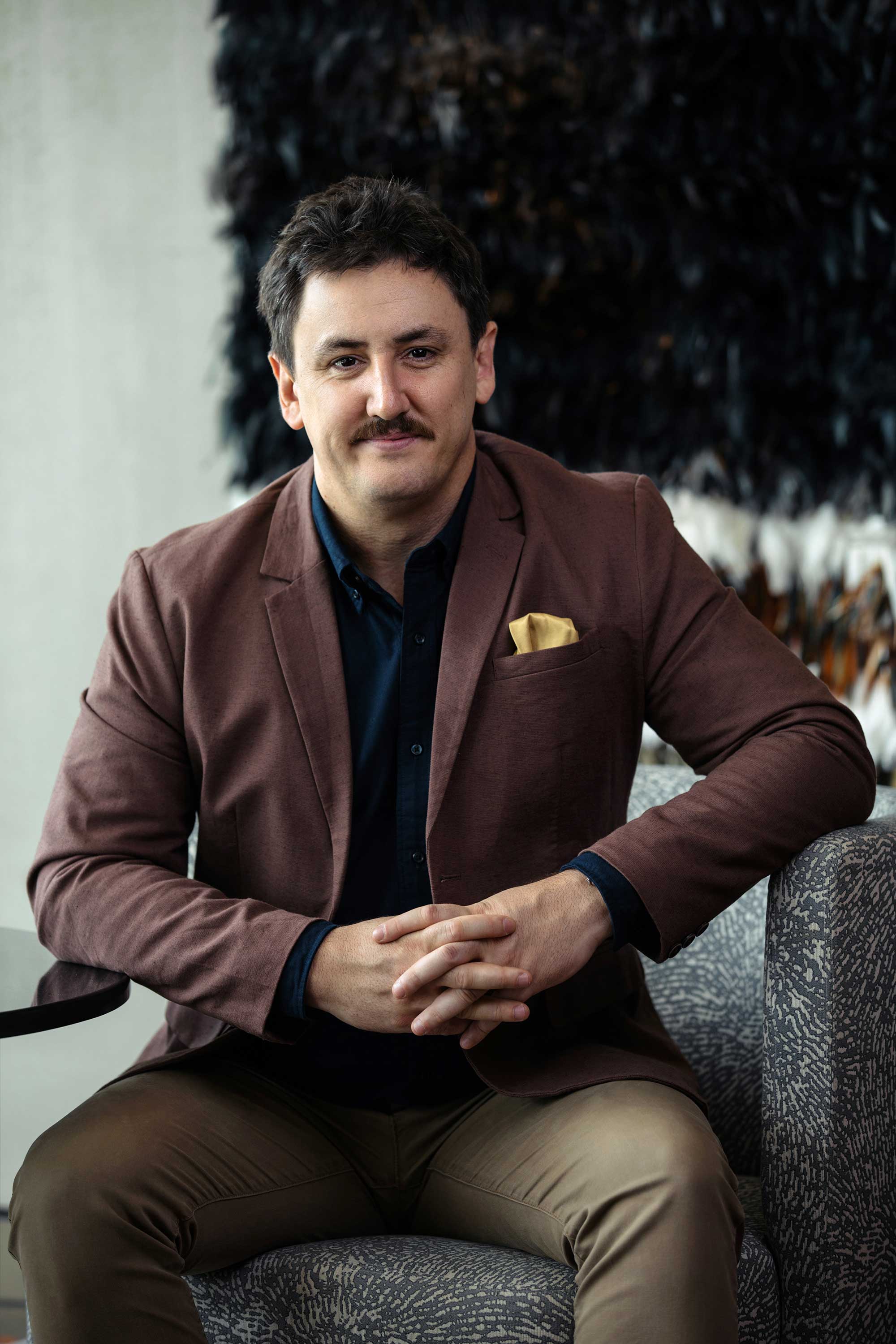
Talk to me about the non-alc options, because you’ve got six of them on the list.
We just have this business need. A lot of people are just not drinking or drinking not much. And people are wanting it.
With the drinks being batched, do you have your own facility?
Yeah. We’ve got a big production kitchen, so we’ve got a full-time beverage production manager and then our bartenders will do one or two days a week rotating, so he’ll have someone else there with him three days a week.
You’ve got a couple of places on the way, more venues coming down the pipeline. What’s the workload look like right now?
Yeah, it’s a lot. We’ve got six venues opening by the end of the year. Four of those are a collaboration with Sofitel Wentworth, so it’s not we’re doing everything. But they are our venues, they’ll be on our website. We’re doing all the pre-development work, kitchens. We did the concepts, we’ve worked closely with the interior designers, the branding people.
Does that remind you a bit of your role at Proof & Company, where you’re coming up with the concepts for it, but they’re going to be ultimately owned by someone else? It is a little funny because, you know eight years of Proof, running this award-winning bar consultancy — you probably have been involved in more of the world’s 50 best bars than anybody else has.
Definitely Asia’s 50 Best, and with a team, yeah. Ultimately the team were the front line, you know, they’re the ones opening and closing the bar. In all honesty, I was really looking forward to getting away from the consultant-client dynamic because it’s got its pros and cons.
Maybe there’s a little grass is always greener kind of mentality coming through, but I was really looking forward to it. And there’s a different level of satisfaction and gratification around having your own thing. I had this moment of clarity when we opened up Martinez, and that’s probably like four or five months ago. I was there early in the morning until close, setting up the bar for the first time and hosing out the bins at the end of the night. And I thought: only months ago I was getting picked up in BMWs and Mercedes and being driven to five star hotels to do seminars on how they could be better, flown around Asia and beyond consulting on five star hotel brands — but I loved it, the gratification was different. I’m loving it.
Jason will be on hand at the Better Bars Summit presented by Glenfiddich at the Bartenders’ Weekender in June in Brisbane, with a talk drawing on his experience opening some of the world’s very best bars. It’s called ‘Don’t do business with arms dealers: What I learned equipping the world’s best bars’ and you won’t want to miss it. Get your tickets to the Summit here, and visit bartendersweekender.com to see what else is on the schedule.


